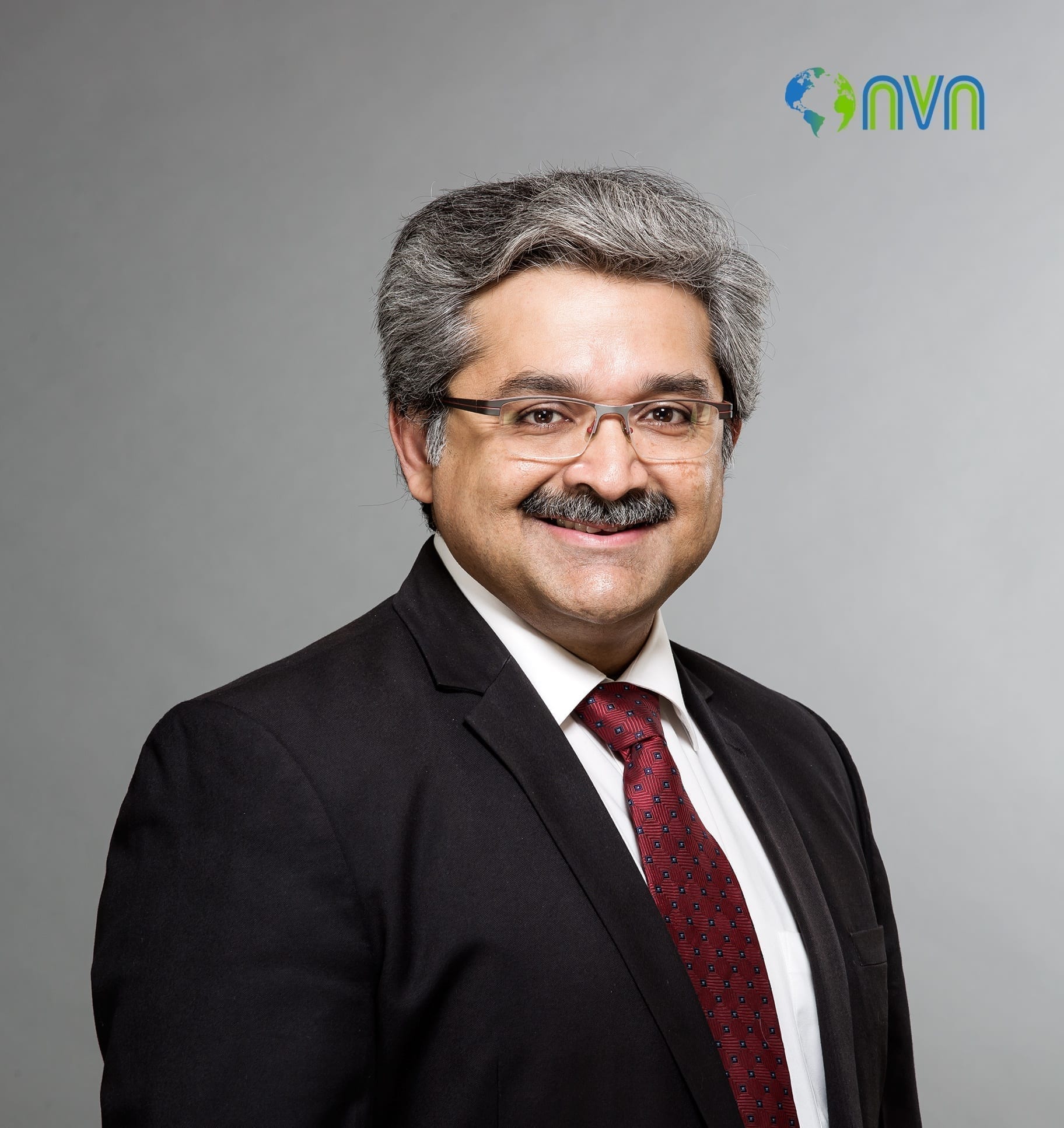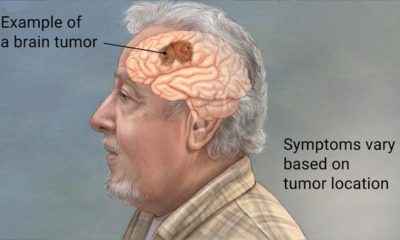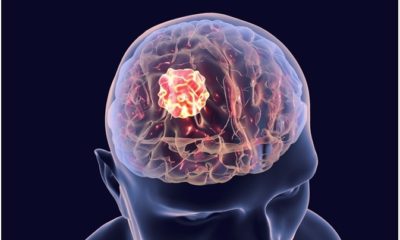Medical & Pharma
Brain Tumor Surgery

Brain tumor surgery – maximizing results with new-age technology and expertise
A brain tumor is a disorder where the brain cells multiply abnormally. The exact cause of brain cancer is unknown. However, factors that can increase your risk of brain cancer include exposure to high doses of ionizing radiation and a family history of brain cancer. A brain tumor is the tenth leading cause of morbidity in India. The incidence of this deadly disease is rising; hence it should not be taken for granted. Different kinds of tumors manifest at different age groups – right from children to adults. The type of the tumor varies depending on where it is occurring and the age of the patient. Certain tumors are more common in females while some are more common in males. But tumors are diverse in nature and they have a variety of presentations with different kinds of specificities. So, enough cannot be said about brain tumors.
Neurosurgeons nowadays are coming together to operate brain tumors with the help of the finest expertise and technology that would result in maximum safe resection. Patients are initially examined for any kind of neurological disorder and then discussed with about the best way to remove the tumor. In order to achieve maximum safe resection, advanced technologies are utilized, such as Functional MRI, Neuro-Navigation and Intraoperative Neuromonitoring, Ultrasound, and Fluorescence technology. By adopting these methods, the maximum tumor can be removed at the same time prioritizing patient safety and clinical outcomes.
Awake brain surgery
Sometimes, when there are tumors in functionally important areas, a preoperative Functional MRI may be performed to detect how much brain function such as speech or movement of limbs is affected by the tumor. In such cases, surgery may be conducted by keeping the patient awake. This way, the patient activity can be monitored in real-time during surgery to see if there is any neurological function that is getting affected at which time surgery may be limited or stopped. By continuous interaction with the patient, these functions can be assessed and surgery can be tailored accordingly by maintaining patient safety.
However, this technology also requires specialized expertise in anesthesia and in the management of patients. Using adequate local anesthesia for pain control and at the same time keeping the patient awake requires careful coordination between the patient, surgeon, and anesthetist. The best of this expertise coming together makes the surgery a success.
Neuro-Navigation technology
Much like the GPS technology that we use in cars and traveling, Neuro-navigation is a state-of-the-art technology that helps surgeons in a similar way to direct and guide them to the exact location of the tumor during surgery without causing any harm to the surrounding areas. This is achieved by feeding the patient’s preoperative Brain MRI or CT scan data into the software which are used as coordinates intraoperatively. Safe maximal removal of the tumor can thus be obtained by using a pathway that is shortest and least disruptive to the normal brain thereby improving patient outcomes further.
Intraoperative Ultrasound
Ultrasound methods may be used along with Neuro-navigation to augment safe brain surgeries. This further helps surgeons to define the tumor better and plan safe removal. Being real-time, it guides surgeons to realize intraoperatively how much of the tumor is removed or remaining so that surgery may proceed smoothly.
Intraoperative Neuro-monitoring
Sometimes, it is important to identify the functioning and non-functioning part of the brain during surgery and see if the tumor is involving certain key areas or nerves. This may be achieved by continuously monitoring those areas during surgery by utilizing intraoperative neuromonitoring technology. Thus even if the patient is unconscious or under anesthesia or in situations where “awake brain surgery” may not be feasible, it is possible to operate and remove the tumors accordingly, without any damage to functionally important areas.
Intraoperative MRI
Nowadays, advanced technologies like intraoperative MRI are also available at few hospitals for aiding brain surgery. This gives additional real-time information wherein an MRI scan of the brain can be obtained while conducting brain surgery, and it can be matched with navigation to see whether the maximum amount of tumor is removed or not. This way, further safe removal of brain tumors can be achieved.
Intraoperative Fluorescence technology
Another key technology that is being utilized is intraoperative fluorescence. In this method, a fluorescent dye is given to the patient during surgery that gets concentrated only within brain tumors. By using specialized microscopes and light filters, brain tumors become fluorescent and start “glowing”. Thus they are visually better delineated when compared to the surrounding normal brain and help complete and safe removal of the brain tumor without having to risk damage to surrounding areas.
Allied Neuro-oncology services
Interdepartmental and multidisciplinary treatment plays a particularly important role in the treatment of brain tumors. There may be a need for further treatment adjuvant chemotherapy and radiotherapy especially in the case of malignant tumors. Nevertheless, the more the tumor is removed, the better it is to give these therapies for optimum patient benefit. The advantage of having these multiple departments within a single multispecialty healthcare system makes it possible for a board of doctors and experts who can come together in critical cases to discuss the best way out and provide comprehensive treatment for the patient, thereby achieving the best brain tumor treatment.
Role of technology
Today, we live in a technology-driven world. It is only rational for neurosurgeons to make the best use of available cutting-edge technology for the treatment of any kind of tumor at any point in time. Even if it is possible to resect 90% of the tumor, there is a tremendous improvement in the overall prognosis, regardless of whether further therapy is required. If we didn’t have these technologies it would have been difficult to remove even 50% of the tumors.
Who are at risk?
The symptoms of a brain tumor include:
- Headache: Persons having severe headaches need to get it examined by a neurologist or a neurosurgeon and know the exact reason for it. Depending on where the headache is occurring and how prolonged it is, it would need evaluation. If it is found to be a brain tumor – surgery may be needed.
- Neurological deficits: Symptoms like weakness in the hand or leg, slurring of speech, blurring of vision, seizures, drowsiness or unconsciousness – all of these symptoms need to be given due importance. Neuroimaging can make sure if it is a tumor or not.
Act fast, Act right
Early detection of brain tumors is very important, especially because most of them are treatable and may be life-threatening if left alone. The right treatment under the best facilities is the key so that maximum tumor resection combined with utmost safety may lead to improved patient outcomes. Not all tumors may need surgery too. Sometimes all the tumors would need is proper medication to treat it. And to operate it would put the life of the patient at risk.
Thus, the brain tumor is not something that needs to be feared. Many of them can be removed safely and the patient can lead a normal life back. Even in cases of brain tumors that are malignant, advanced treatment can help give patients life with better quality.
The article is been contributed by Dr. Ravi Gopal Varma, Lead Consultant – Neurosurgery & Chief of Neurosciences, Aster CMI Hospital, Bangalore


































